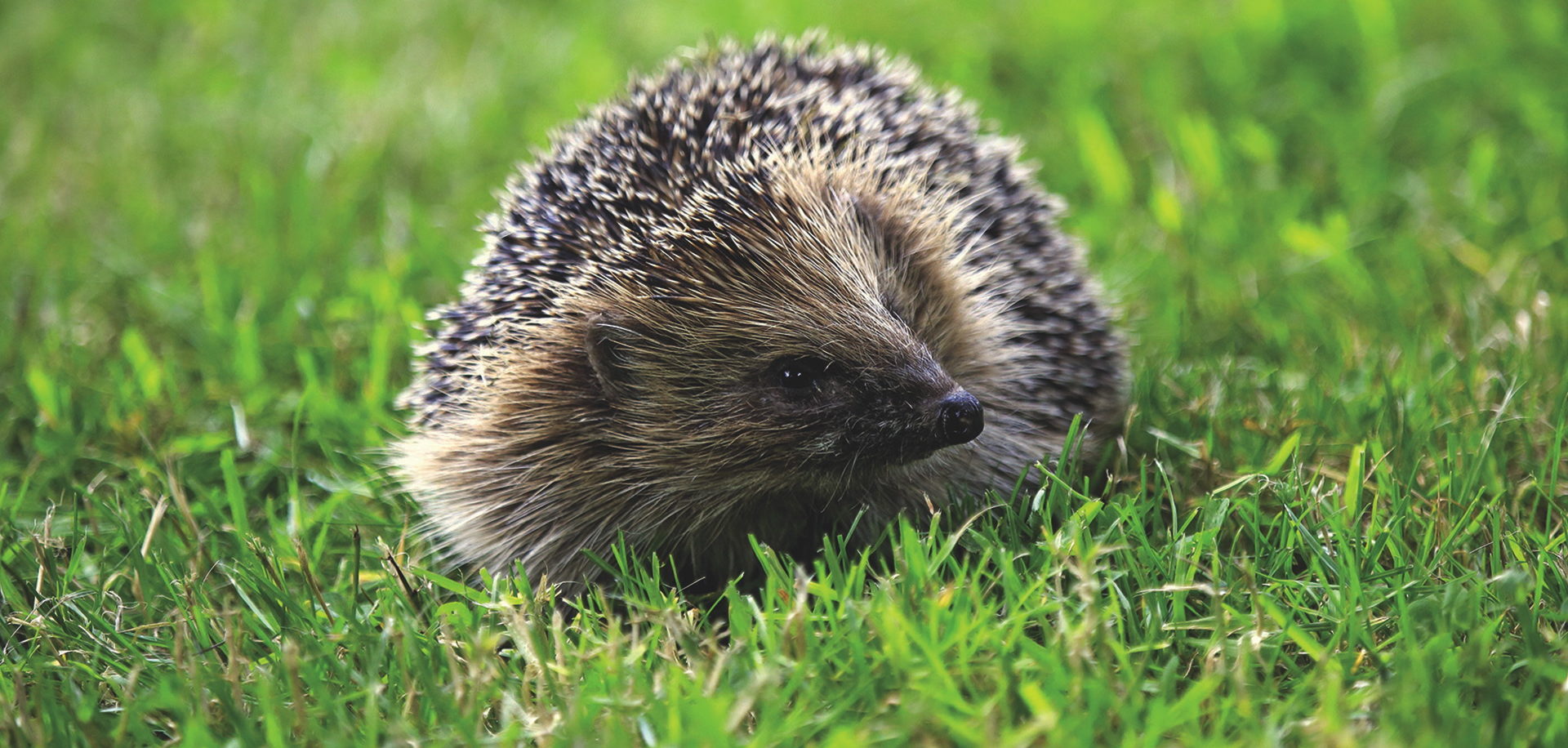Show some spine
Number of orphaned baby hedgehogs rises
There is no A&E sign outside Emma Farley’s house on the outskirts of York, but behind her garage door she treats a constant stream of very sick patients.
“I’ve had getting on for 400 hedgehogs come through here in the last seven years,” she said, putting the latest admission onto an electric heat pad to raise its body temperature.
“I look after only those that are in a bad way, up to a maximum of 15 at a time. Once they’re on the mend I hand them over to my network of foster carers, who fatten them up ready for release.”
The new patient, given the name Sonny, lies weakly in a hutch while Farley assesses his condition. She runs one of many hospitals that have sprung up in the last decade in response to an increase of sick or injured hedgehogs.
According to the People’s Trust for Endangered Species, the spiny animal popularised as Mrs Tiggy-Winkle by Beatrix Potter is suffering a serious decline in the UK.
There are fewer than a million – half the number of 20 years ago. The reasons vary from changes to farming and gardening methods, which have reduced the amount of food available, to their habitats being concreted by new roads, houses and industrial developments.
Farley’s hedgehogs are brought in by members of the public after being found sick in gardens or injured by strimmers, dogs or cars. They are nocturnal, so any hedgehog moving around in daylight is probably sick. Increasingly, though, her admissions are orphaned baby hedgehogs, known as hoglets, whose mothers have either died or been killed.
“This time last summer I had six orphans but so far this year I’ve had 25 of them,” she said.
Around 80 per cent of the hedgehogs she treats have been seriously weakened by internal parasites, which stop them deriving the full nutrition from their food. The most common are lungworm, roundworm and fluke, which they ingest by eating host species such as slugs, snails and earthworms.
These are not normal parts of a hedgehog’s diet but increasingly they are being forced to eat them since their natural food of beetles and caterpillars is much less plentiful, a consequence of increased spraying of pesticides and weedkillers in farmland and gardens.
As soon as possible after admission she obtains a sample of a hedgehog’s poo to put under a microscope and identify the infecting parasites so that she can treat it with the correct wormer. She uses small quantities of the medicines that vets use on cattle and sheep.
Most patients are fed kitten biscuits, but those in critical care get tinned pet food reinforced with energy-boosting vitamins and minerals. The cute young hoglets are fed a lactose-free formula, then weaned onto puppy food.
There is a spike in hoglet admissions around November, when babies born in September would normally go into hibernation but our increasingly mild winters stop their natural process.
“They keep scraping about for dwindling food, pick up parasites from earthworms and get sick,” said Farley.
“Perhaps the milder weather is caused by climate change, but I’m not a scientist.”
Her happiest days, she added, are when she takes the hedgehogs to wherever they were found and releases them back into the wild.
Farley calculates the cost of food, medication and equipment for her hedgehog hospital is over £5,000 a year, which she funds with donations and by selling her own handmade silver jewellery, as Little Silver Hedgehog on Etsy, including hedgehog pendants, earrings, necklaces and keyrings.
